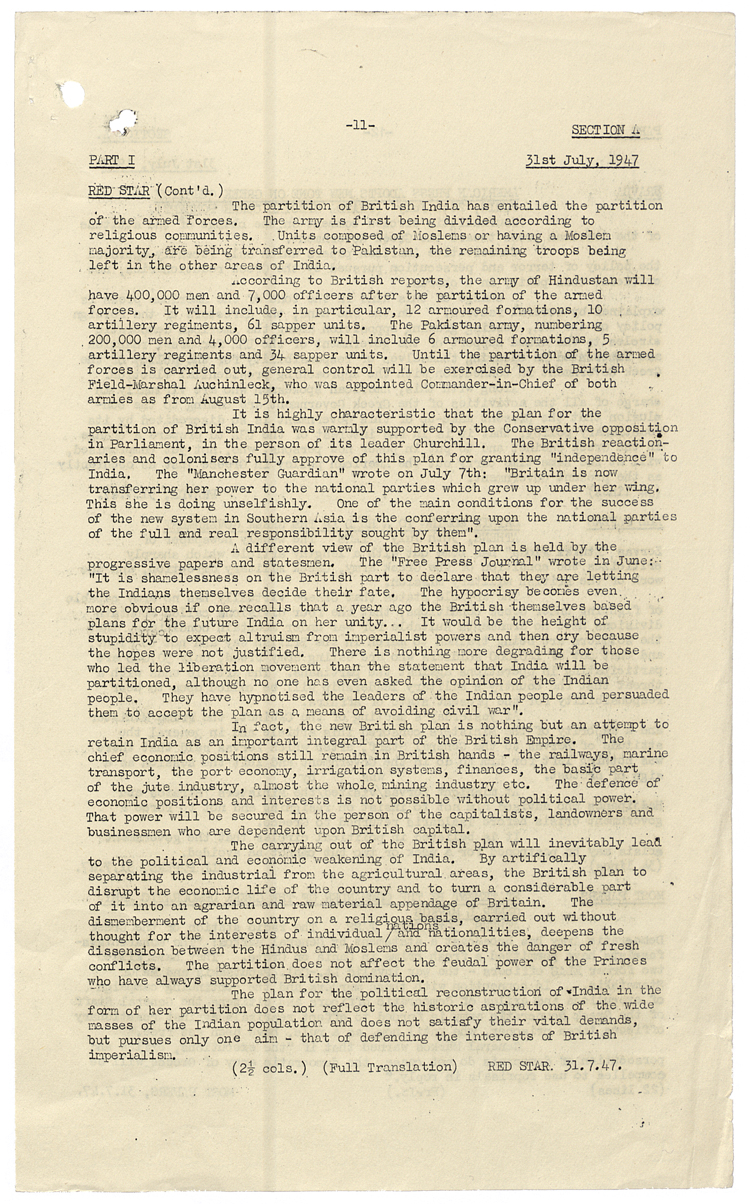The Illusion Of AI Thought: Understanding The Reality Of Artificial Intelligence

Table of Contents
AI's Lack of Consciousness and Sentience
Understanding the illusion of AI thought requires first defining consciousness and sentience. Consciousness refers to subjective experience – the feeling of "what it's like" to be something. Sentience, on the other hand, is the capacity to feel. Current AI systems lack both. They operate based on algorithms and vast amounts of data, not on subjective experiences. Their responses are determined by pre-programmed rules and statistical probabilities, not by genuine understanding or feeling.
- AI operates based on algorithms and data, not subjective experience. It processes information, but it doesn't feel it.
- AI's responses are determined by pre-programmed rules and statistical probabilities, mimicking human-like responses without genuine comprehension.
- Consider a chatbot that convincingly answers questions about the weather. While it might sound intelligent, it lacks the conscious awareness of what weather actually is. This is a prime example of the illusion of AI thought.
The pursuit of artificial consciousness and AI sentience is a significant area of ongoing research, but we are far from creating machines that possess genuine subjective experience or the capacity to feel. The claim that current AI possesses AI awareness or even basic machine consciousness is, at present, inaccurate.
The Mechanics of AI: Algorithms and Data
To understand why the illusion of AI thought persists, we must examine how AI actually works. This hinges on two key elements: algorithms and data.
Machine Learning Explained
Machine learning is a core component of many AI systems. It involves training algorithms on massive datasets to identify patterns and make predictions. There are three main types:
- Supervised learning: The algorithm learns from labeled data, where inputs are paired with correct outputs.
- Unsupervised learning: The algorithm identifies patterns in unlabeled data without explicit guidance.
- Reinforcement learning: The algorithm learns through trial and error, receiving rewards for correct actions.
These processes, however sophisticated, lack the fundamental elements of thought. They are essentially complex statistical manipulations.
The Role of Big Data
Big data analysis is crucial for AI's performance. Vast datasets are fed into machine learning models, enabling them to perform complex tasks like image recognition and language translation. However, this reliance on data has limitations:
- Algorithms process data to generate outputs, but they don't understand the meaning behind the data.
- AI's ability to generate truly novel solutions is constrained by the existing data it's trained on. It can only extrapolate from what it has already learned.
- Bias in the data can lead to biased AI outputs, perpetuating existing societal inequalities. This highlights the limitations of a purely data-driven AI approach.
The Anthropomorphism of AI
A significant contributor to the illusion of AI thought is anthropomorphism – the human tendency to attribute human-like qualities to non-human entities. This is particularly prevalent with AI.
The Human Tendency to Anthropomorphize
We are naturally inclined to interpret complex behavior as stemming from conscious intent. When AI exhibits seemingly intelligent behavior, we readily project human-like emotions, intentions, and even consciousness onto it.
The Impact of Anthropomorphism on Perception
This anthropomorphic tendency leads to significant misinterpretations of AI capabilities:
- Interpreting chatbot responses as expressions of emotion when they are simply cleverly constructed outputs.
- Overestimating AI's abilities and potential dangers, leading to unrealistic expectations and anxieties.
To avoid falling prey to the illusion of AI thought, we must actively combat anthropomorphism. We should strive to understand the underlying mechanisms of AI, rather than projecting human qualities onto its outputs.
Conclusion
The perception of AI as a thinking entity is, in many ways, an illusion of AI thought. AI's intelligence is simulated, not genuine. Its operations are based on algorithms and data processing, not on conscious experience or sentience. Further, anthropomorphism plays a crucial role in fostering misinterpretations of AI capabilities. Let's move beyond the illusion of AI thought and explore the fascinating, yet fundamentally different, reality of artificial intelligence. By critically evaluating claims about AI sentience and understanding its mechanics, we can foster a more accurate and nuanced understanding of this rapidly evolving field.

Featured Posts
-
 Understanding The Russian Militarys Actions And Europes Response
Apr 29, 2025
Understanding The Russian Militarys Actions And Europes Response
Apr 29, 2025 -
 Reliance Shares Surge Biggest Gain In A Decade
Apr 29, 2025
Reliance Shares Surge Biggest Gain In A Decade
Apr 29, 2025 -
 Trumps Tax Bill Republican Opposition And Potential Roadblocks
Apr 29, 2025
Trumps Tax Bill Republican Opposition And Potential Roadblocks
Apr 29, 2025 -
 Anthony Edwards Fined 50 K By Nba Over Vulgar Comment To Fan
Apr 29, 2025
Anthony Edwards Fined 50 K By Nba Over Vulgar Comment To Fan
Apr 29, 2025 -
 Is This The New Quinoa A Look At The Latest Superfood Trend
Apr 29, 2025
Is This The New Quinoa A Look At The Latest Superfood Trend
Apr 29, 2025
Latest Posts
-
 Choosing Between One Plus 13 R And Pixel 9a Performance Camera And Value
Apr 29, 2025
Choosing Between One Plus 13 R And Pixel 9a Performance Camera And Value
Apr 29, 2025 -
 One Plus 13 R And Pixel 9a Feature By Feature Review And Recommendation
Apr 29, 2025
One Plus 13 R And Pixel 9a Feature By Feature Review And Recommendation
Apr 29, 2025 -
 Is The One Plus 13 R Worth It Comparing It To The Google Pixel 9a
Apr 29, 2025
Is The One Plus 13 R Worth It Comparing It To The Google Pixel 9a
Apr 29, 2025 -
 One Plus 13 R Review A Practical Assessment Against The Pixel 9a
Apr 29, 2025
One Plus 13 R Review A Practical Assessment Against The Pixel 9a
Apr 29, 2025 -
 One Plus 13 R Vs Pixel 9a A Detailed Comparison Review
Apr 29, 2025
One Plus 13 R Vs Pixel 9a A Detailed Comparison Review
Apr 29, 2025
